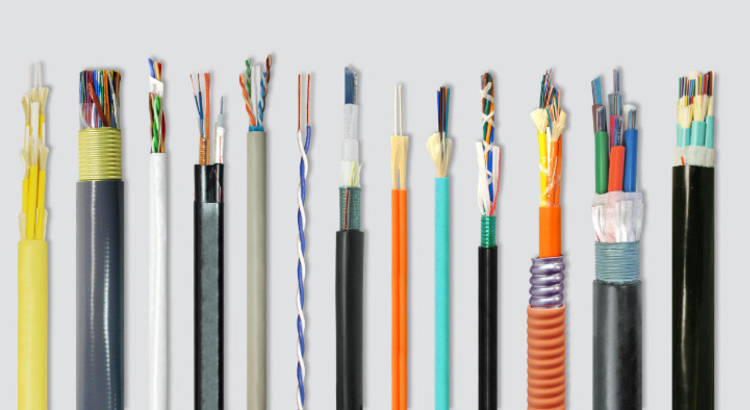The builders, designers and manufacturers tackling the immense challenge of embodied carbon have some blunt advice for their colleagues: Just talk about it.
“It is really as simple as asking [suppliers]: ‘Do you know the carbon impacts and lifecycle emissions of your products,’” Annie Bevan, global sustainability chief for Superior Essex, suggested to 100 fellow travelers at the Summit for a Carbon-Free Future in Seattle. “That is one action that we can all take.”
The group gathered in advance of the International Living Future Institute’s 2019 conference to advance adoption of a less carbon intensive lifecycle for buildings and for building products. Everyone seems to agree that buildings have made a lot of progress in cutting carbon emissions from their operations. While that battle’s far from over, however, the new and more challenging front regards embodied carbon. The amount of the greenhouse gas emitted in the production and transportation of materials and products for a typical new building will roughly equal the emissions from operating that building for the first 30 or 40 years of its occupancy.
It’s been been a difficult issue to tackle. Few manufacturers fully track the carbon emitted throughout their production processes. Those that do aren’t always eager to share it. Then, there are questions revolving around the confounding complexity inherent in analyzing embodied carbon, common platforms for counting it and how to motivate more manufacturers, builders and others to participate.
But Tuesday’s summit focused on some promising developments. One was who was attending. Among the participants were real estate and sustainability leaders for such high-tech giants as Facebook, Google, Microsoft and Salesforce — all of which have made ambitious commitments to reduce carbon emissions related to the huge amount of property that they own or occupy.
“We love our towers but … they also need to embody our commitment to the environment,” said Salesforce’s Amanda von Almen, whose customer relations management company may have staked out the most ambitious plan of all when it comes to carbon.
Another encouraging sign: Professionals are collaborating to share information and to develop tools that can move the industry forward.
Kathrina Simonen, a University of Washington architecture professor, founded the university’s Carbon Leadership Forum about a decade ago. Last year, the forum launched an online Embodied Carbon Network to give professionals a forum through which to discuss carbon and the built environment. Simonen expected 75 to 100 people to sign up; the network now has 450 participants.
Another of the Carbon Leadership Forum’s projects is the Embodied Commercial Carbon Calculator. It grew out of an effort to benchmark embodied carbon in various products and typical buildings, which had been led by Stacy Smedley of Skanska USA. With an innovation grant from her own company, Smedley turned the project over to Simonen’s group to develop into an open-source tool that will be released this fall at Greenbuild in Atlanta. EC3, as it’s come to be known, could be a game changer for lifecycle carbon assessment.
Professionals at the summit urged each other to embrace the ethos of open sourcing, networking and transparency. A common refrain: We don’t have enough time to treat crucial solutions as proprietary secrets; besides, we can be more effective by developing solutions together.
Examples of that ethos abounded: Seattle architect Zack Semke co-founded Shift Zero, an alliance of companies and organizations advocating for at the local, regional, and state level. Interface, the Atlanta-based carpet maker, helped to kick of the Materials Carbon Action Network, a forum through which manufacturers can discuss coping with the problem. And, at the summit, the ILFI’s Andrew Lee previewed an announcement to be made later in the week: Armstrong, Interface and Superior Essex have agreed to pilot reporting embodied carbon on their Declare Product labels.
Participants admitted Tuesday that they were preaching to the choir.
“Ninety percent of the people in my industry don’t understand those terms [such as ‘carbon lifecycle’] and many of them don’t believe in climate change,” said Jordan Selig, managing director of Martin Selig, a Seattle developer that has made a strong commitment toward reducing its carbon footprint. “Please keep that in mind when you’re talking to real estate professionals. This is not their world.”
Nonetheless, the participants urged one another to find ways simple to start conversations about carbon. Skanska’s Smedley flashed a graphic onto the screen about EC3. She said she’s inserted that slide into construction giant’s standard pitch to clients.
“Whether or not they care, we still show them,” Smedley said. Often, she added, it gets the client thinking, and it might lead a property owner to opt at some point during the project for a carbon-free solution.
As with any meeting nowadays focusing on climate change, the topic at times seemed daunting. Donald Davies, president of MKA, the large Seattle-based structural engineering firm, acknowledged as much: “Every time there’s another tornado or a hurricane or a forest fire, Mother Nature is trying to remind us that we have to change.”
But, he added, “I am more upbeat that now than I ever have been. I think we are at a turning point.”
PHOTO AT TOP: Atlanta-based Superior Essex is among three companies that has agreed to pilot embodied carbon on its Declare Product labels. Photo courtesy Superior Essex.
EDITOR’S NOTE: This article was edited for clarity after publication.


